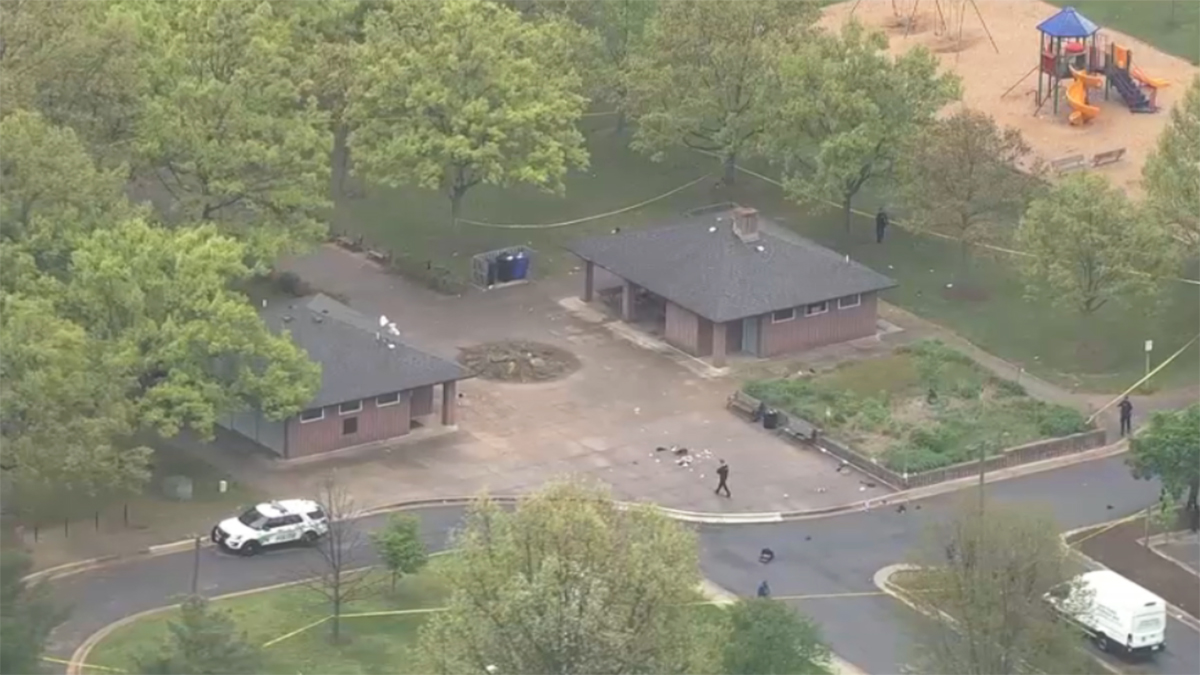A cargo ship called the Ever Forward has been stuck in the mud of the Chesapeake Bay for nine days and counting, and crews continued Tuesday on what could be weeks of work to dig it out.
The huge, 1,085-foot ship ran aground on March 13. Unlike the ship that got stuck last year in the Suez Canal — a sister vessel of the Ever Forward — the ship stuck in the bay is not blocking shipping channels.
The bad news, though, is this ship is in much deeper mud.
The cargo ship was headed from Baltimore’s harbor last Sunday when the ship missed a turn in the shipping channel just north of Annapolis and the Chesapeake Bay Bridge, and ran aground. There were no reports of injuries, damage or pollution, the Coast Guard said.
We're making it easier for you to find stories that matter with our new newsletter — The 4Front. Sign up here and get news that is important for you to your inbox.
Dredging work is underway, and the next steps must be done carefully, said Salvatore Mercogliano, a professor of maritime history at Campbell University. He also hosts a YouTube show focused on the shipping industry.
“Worst-case scenario is, number one, she suffers a crack and starts leaking fuel oil, basically diesel fuel, into the bay,” he said. “The worst scenario is the ship rolls to starboard and you have a vessel on is side in the middle of the channel.”
Local
Washington, D.C., Maryland and Virginia local news, events and information
The Ever Forward is in a much worse position than the Ever Given, the ship that was stuck in the Suez Canal, Mercogliano said.
“She’s completely aground. Unlike Ever Given in the Suez, where just the bow and stern were aground, she’s completely aground. This puts the ship in a really dangerous position; ships are not designed to be touching bottom,” he said.
The plan now is to dig the ship out, but that’s a slow and dangerous process.
Mud will be moved to Poplar Island, a wildlife refuge in the bay that is maintained by the U.S. Army Corps of Engineers.
As for what caused the ship to run aground, weather was not a factor, so that leaves mechanical or human error, Mercogliano said.
The Coast Guard and National Transportation Safety Board will conduct an investigation.
Once freed, the ship will be inspected as part of the investigation and for sea-worthiness.
New speed limits for cargo ships could be established along parts of the bay. The speed was reduced to 8 knots as of Tuesday.



